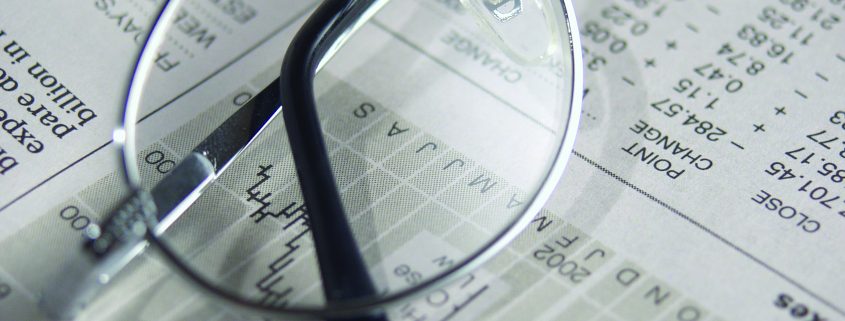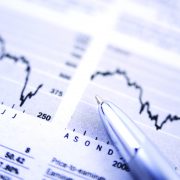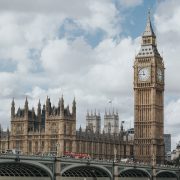Storm Brewing: Five Major Economies at Risk of Recession
Financial markets fell this week in several major world economies. This is in reaction to continuing economic indicators which signal a slowing global economy and potential recession. Alexander Charles Associates explores the warning signs and provides analysis on the current economic landscape.
Indicators Point to Slowing Global Economy
Inverted Yield Curve and Economic Contraction
This week both the UK and US saw an inverted yield curve on their bonds. An inverted yield curve is where it is cheaper for a country’s government to borrow for 10 years than for 2 years. Usually the 10-year period would be cheaper as there is less long-term certainty and therefore more risk; so, the unusual event of an inverted yield curve indicates a perceived lack of short-term economic stability. In the UK, the yield on 10-year Treasury bonds (also known as gilts) fell below the yield on 2-year bonds. The yield on 30-year bonds fell below 1% in the UK and below 2% in the USA (the latter for the first time in history).
In the Eurozone, over 60% of government debt now trades on negative yields, meaning investors effectively pay governments for the honour of lending to them. Europe’s two largest economies contracted during the second quarter (April-June), the UK by 0.2% and Germany by 0.1%. This impacted upon the wider EU, which only grew by 0.2%, down from 0.5% in Q1 (January-March). Italy stagnated with no growth and Sweden was the only other country to experience contraction (of 0.1%).
Elsewhere, the economies of Brazil and Mexico (two of the world’s 20 largest economies) are also in precarious economic positions. Mexico just managed to avoid recession; however, its economy is expected to remain weak this year and its central bank yesterday cut rates for the first time in five years. Current data suggest that Brazil has slid into a recession during Q2 (a recession is typically indicated by two consecutive quarters of contraction).
Trade War and Geopolitical Instability
Global trade growth ÔÇô traditionally a reliable indicator of world economy ÔÇô has turned negative. This is due to several reasons, with relations between the US and China, as well as their own individual markets, being key factors. As we previously reported, economic growth in the US has slowed due to falling exports and weak business investment and the central bank cut rates for the first time since 2008. Meanwhile, Chinese manufacturing output has fallen to a 17-year low. The situation for the US and China is further compounded by escalation of their 18-month trade war. Last week the US formally categorized China as a currency manipulator, with Trump imposing 25% tariffs on $250 billion of Chinese goods. A further 10% tariff was due to be applied to $300 billion of goods, but Trump has chosen to delay this to prevent a rise in the cost of electronics coincident with Christmas. China has retaliated with levies on $110 billion of American goods and an embargo on US agricultural products.
Geopolitical instability is also contributing to subdued global economic growth. The likelihood of a No-Deal Brexit becomes greater with each passing day, this intensifies the need for foreign investment to fund the deficit and puts pressure on domestic consumers to continue spending. Simultaneously, fear of further escalations of the crises in Hong Kong, Iran and Kashmir, have resulted in a fall in stock markets.
Is a Recession on the Horizon?
Unemployment has continued to fall whilst wages have continued to rise, these are not usual trends which precede recession. The economic landscape is not reflective of a typical cyclical downturn. Many have suggested the slowdown is the temporary result of singular political factors such as the US-China trade war, or the risk of a No-Deal Brexit, which would ease once these situations were resolved. There remain 75 days until Britain is due to leave the EU and uncertainty regarding post-Brexit trade agreements is as great as ever. Meanwhile the US-China trade war shows no signs of abating, indeed if the delayed suggested tariffs are introduced, the conflict will deepen.
Should the anticipated recession become a reality, there are fears that little can be done from a policy standpoint. Global interest rates are already very low, so governments would feel pressure to spend more money; but the majority remain severely in debt following the previous financial crisis. Furthermore, an end to government austerity may not be enough to generate long-term fiscal stimulus. For example, the tax cuts the US made in 2017, provided an all too brief respite; indicating that such cuts may not provide long-term relief. History shows that over the past fifty years, each time the US economy has experienced an inverted yield curve, a recession has followed.
Conclusion
Despite a healthy job market and lack of a typical cyclical downturn, there are ongoing geopolitical situations which are creating a perfect storm which is undermining confidence in shorter-term economic growth. This has resulted in inverted yield curves for the US and Britain, and a contraction in five of the 20 largest global economies. These are typical signposts of an impending recession and should this take place it may cause a deep financial crisis. Interest rates are already very low and tax cuts or other typical recession policies are unlikely to yield more than very short-term relief.









